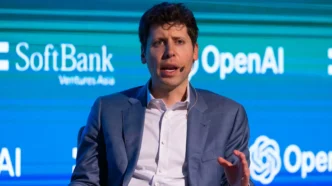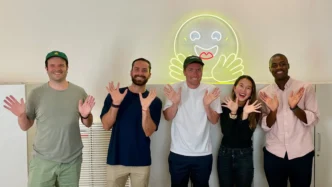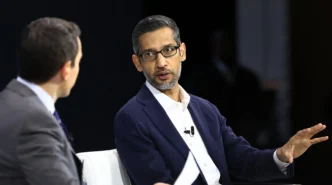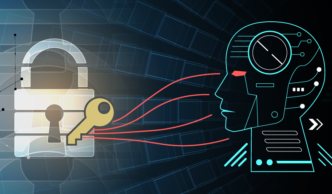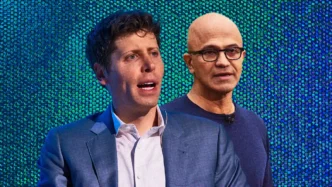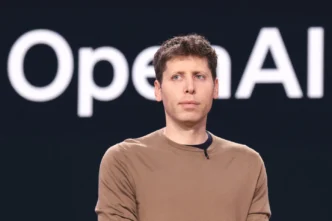OpenAI has made it clear: the nonprofit is staying in charge. In a move to balance investor needs with its mission, the company said it will convert its for-profit arm into a Public Benefit Corporation (PBC). But the nonprofit parent will remain firmly in control.
This decision follows growing criticism and a lawsuit from Elon Musk, who accused OpenAI of abandoning its founding purpose. While Musk pushes forward with legal action, OpenAI is holding its ground—rejecting a full for-profit switch while adapting its structure to raise large-scale funding.
OpenAI board chair Bret Taylor explained the choice came after discussions with civic leaders and state officials. “We’re staying true to our mission,” he said. “Our nonprofit will continue to guide OpenAI’s future.”
The company now plans to operate with a more standard corporate setup. Investors will hold regular equity, while the nonprofit becomes a major shareholder. This change aims to simplify the current “capped-profit” structure, which many found confusing.
CEO Sam Altman described the shift as a workable middle ground. It lets OpenAI raise more capital—possibly as much as $40 billion—without giving up its core mission. “There’s no change to investor agreements,” he confirmed. SoftBank is reportedly leading the upcoming funding round, which could value OpenAI at $300 billion.
Balancing Mission, Capital, and Control
OpenAI’s original nonprofit roots date back to 2015. But to build advanced AI systems like ChatGPT, it needed significant funding. That led to the creation of a for-profit subsidiary in 2019, designed to attract investors while capping returns.
Still, tension between mission and money never fully went away. Last year, the nonprofit board ousted Altman in a surprise move, only to reinstate him days later after employee and investor backlash. That drama raised big questions about who really controls OpenAI—and what kind of AI future it’s building.
Now, OpenAI hopes the new structure will provide clarity. The nonprofit will hold equity in the PBC, giving it resources to fund public-good projects in areas like health, education, and science. These efforts, Altman says, are part of OpenAI’s broader mission to ensure artificial general intelligence benefits everyone.
In an internal letter, Altman laid out the vision. He wants OpenAI to deliver useful, safe AI tools for the world. He also emphasized the need for transparency, democratic access, and ongoing alignment work to keep AI safe and beneficial.
He wrote, “We want to give people powerful tools and let them build amazing things. We believe in a future where everyone—not just a few—can benefit from AGI.”
OpenAI’s Future: More AI, Same Mission
The company faces intense demand. ChatGPT is already used by millions, but system limits and costs slow growth. Altman says more investment is needed to scale. He estimates future systems may require hundreds of billions—or even trillions—of dollars.
That’s where the PBC shift helps. It opens the door to bigger funding rounds, including interest from major players like SoftBank. Even so, Microsoft, OpenAI’s largest backer, has remained quiet about the recent announcement.
Some analysts still question whether this new structure solves the bigger issue. TECHnalysis Research’s Bob O’Donnell said the nonprofit still holds the keys, so not much may change in terms of investor freedom or fundraising speed.
Meanwhile, Musk’s lawsuit continues. A jury trial is set for March 2026. Earlier this year, Musk reportedly offered to buy OpenAI for $97.4 billion. Altman said “no thanks” and stuck with the nonprofit model.
For now, OpenAI is betting on a hybrid path—keeping its nonprofit heart while opening the door to growth. The structure may be changing, but the mission stays the same: build AGI that works for everyone.
